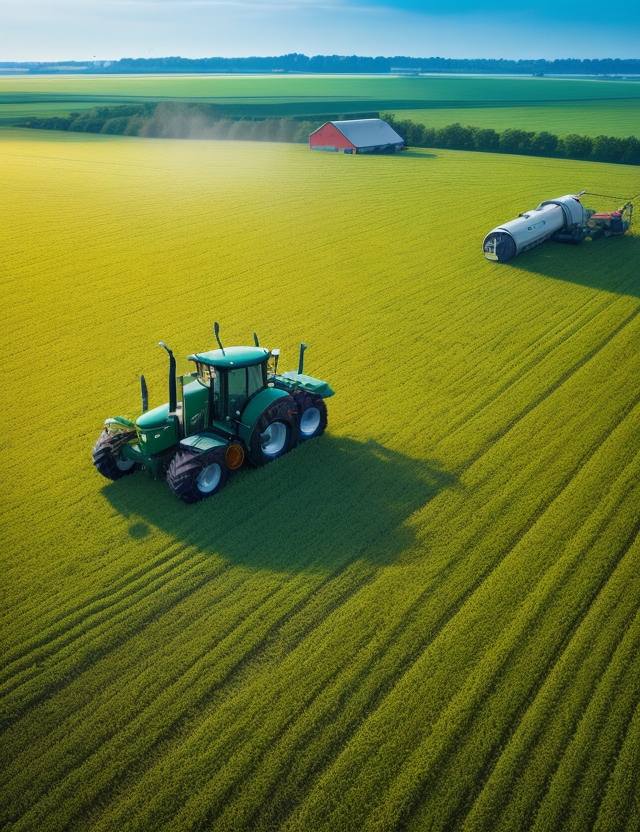The Rotational Route: Sustainability and Yield in Grain and Cereal Farms
Crop rotation is a longstanding agricultural practice with modern implications for sustainability and yield. In grain and cereal farms, this technique plays a critical role in managing soil health, controlling pests, and optimizing harvests. This article will discuss the nutrient balance in the soil, the impact on pest and disease prevalence, and its effect on yields.

Nutrient Balance in the Soil
One of the primary benefits of crop rotation on farms is the improved nutrient balance in the soil. Different crops have varied nutrient requirements and can either deplete or enrich the soil with specific elements like nitrogen, phosphorus, and potassium. A well-planned crop rotation can maintain or even improve soil fertility, reducing the need for synthetic fertilizers.
Impact on Pest and Disease Prevalence
Rotating crops also disrupts the life cycle of pests and diseases specific to certain plants. For example, planting a legume after a cereal crop can break the cycle of cereal-specific pests, reducing the need for chemical pesticides on the farm.

Improved Yields Over Monoculture
While monoculture can offer short-term advantages in terms of simplified management and mechanization, it often leads to reduced yields over time due to soil degradation and increased vulnerability to pests and diseases. In contrast, crop rotation has been shown to sustain or even improve yields on grain and cereal farms over the long term.
The practice of crop rotation has proven benefits for grain and cereal farms. From balancing soil nutrients to pest control and yield improvement, it serves multiple functions that contribute to more sustainable and profitable farming. As the agricultural sector faces the challenges of climate change and increasing demand, strategies like crop rotation will become ever more crucial for resilience and sustainability.
Your engagement with this content is invaluable. For more insights into agricultural best practices, our article on "Transitioning to Organic Vegetable Farming" covers how conventional farms can shift to organic methods. Also, "Antibiotics in Livestock Farms" provides critical insights into the issue of antibiotic resistance emanating from livestock farming.





